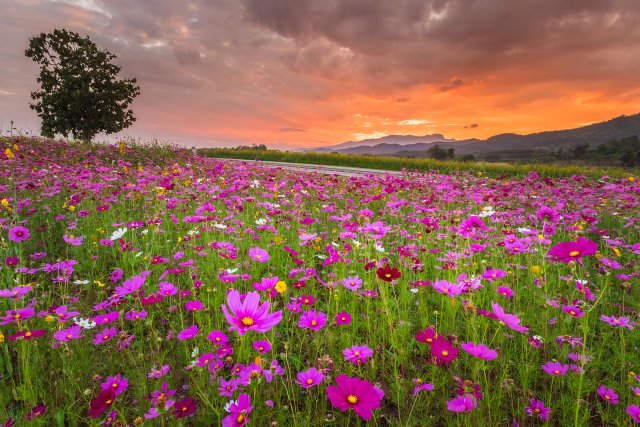Smart Growth and Open Space Conservation
Planning for open space and conservation helps communities protect their environment, improve quality of life and preserve critical elements of local heritage, culture and economy.
On this page:
Background

Conservation programs that are created with community input and are well-managed can help protect a community's natural assets, provide places for recreation, preserve important environmental and ecological functions and enhance quality of life.
From 2000 to 2018, voters approved more than $60 billion in funding for land conservation in local and state referenda [1]. In many cases, however, communities passed these referenda as a reactive measure to help preserve the "last wetland" or the "last community farm." While a reactive preservation strategy can preserve critical lands, it often does so in a piecemeal way. The result can be small, disconnected fragments of conserved land, which have less less ecological value, are less accessible to community members and miss an opportunity to direct growth to existing areas than larger parcels connected by corridors.
Many regions, cities and small towns utilize smart growth principles to better manage growth and holistically plan for the conservation of farmlands, forests, open spaces, wildlife habitats and waterways. An important part of this planning process is to meaningfully engage local partners and residents, to help ensure equitable access to the natural assets and the outdoor recreation opportunities they may offer.
Technical Assistance
EPA works with national, regional and local partners and provides tools and resources to plan for equitable access to natural assets. EPA also helps communities identify critical areas for preservation, to help them become more proactive in conservation planning. These may include large areas of high-quality and ecologically diverse habitat, wildlife corridors, stream buffers and wetlands.
EPA's Office of Community Revitalization (OCR) has several planning assistance programs that support communities in their conservation and preservation journey:
- Local Foods, Local Places: Helps cities and towns to develop or expand local food systems, preserve open space and farmland and revitalize main streets and downtowns.
- Recreation Economy for Rural Communities: Helps communities identify strategies to grow their outdoor recreation economy, conserve forests and natural lands and revitalize their main streets.
- Building Blocks for Sustainable Communities: Works with communities to develop smart growth solutions and strategies in ways that benefit human health and the environment.
Visit our Technical Assistance page to learn more about our technical assistance program offerings.
Additional Resources
- Our Built and Natural Environments: A Technical Review of the Interactions Between Land Use, Transportation, and Environmental Quality (2nd edition) (2013): This technical review examines research on how development patterns, including land use and land conservation, affect the environment and human health.
- Funding Land Conservation Projects with the Clean Water State Revolving Fund (2022): This EPA fact sheet describes how the Clean Water State Revolving Fund (CWSRF) provides assistance to eligible recipients for projects promoting land conservation and restoration and highlights successful projects in California, Georgia and Ohio.
- ParkScore (2023): Created by the Trust for Public Land, this tool evaluate park access and quality in the 100 largest U.S. cities.
- City-Wide Public Space Assessment Toolkit (2020): UN-Habitat's toolkit provides a flexible framework for local planners and decision-makers to assess open space and prioritize improvements.
- Successful Partnerships for Parks (2020): Produced by ULI, this document details a collaborative approach and the role of community partnerships in parks and open space development.
